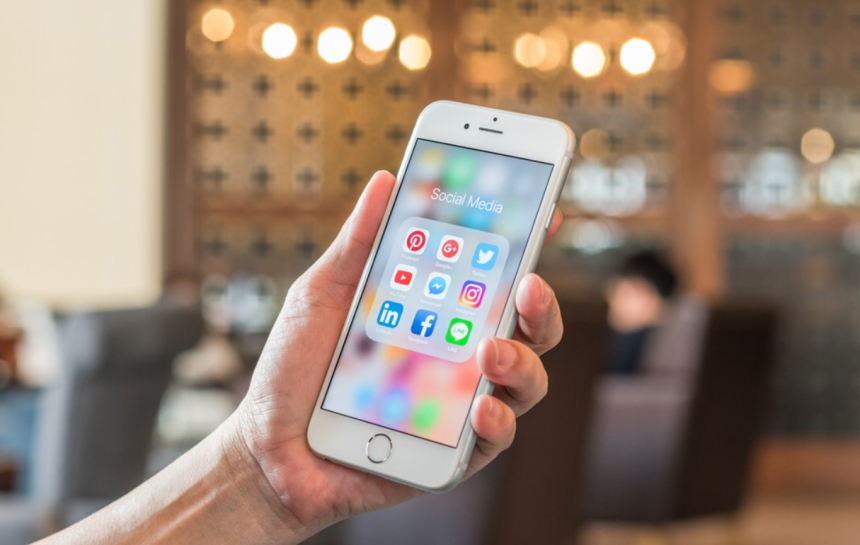Introduction
In an age defined by the rapid exchange of information and the pervasive influence of social media, managing crises has taken on a new dimension. Social media is now a double-edged sword – a source of both challenges and opportunities when it comes to crisis management. This article delves into the critical role of social media in crisis response and the innovative tech tools that can make this process more effective.
The Role of Social Media in Crisis Management
Social Media’s Impact on Crisis Communication
The use of social media as a crisis communication channel has redefined the way organizations, government agencies, and individuals respond to emergencies. Social media platforms offer real-time updates, instant communication, and a global reach, allowing for the timely dissemination of critical information during a crisis. From natural disasters to public health emergencies, social media is the frontline of information sharing.
Challenges and Opportunities
While social media presents an unprecedented opportunity for swift crisis communication, it also comes with a set of challenges. The rapid spread of misinformation is one of the most pressing concerns. Effective crisis management on social media requires strategies to combat false information and maintain credibility.
Tech Tools for Crisis Response on Social Media
Social Listening and Monitoring Tools
To respond effectively to a crisis, organizations must first be aware of it. Social listening and monitoring tools allow for the early detection of crisis signals. These tools track mentions, keywords, and trends across social media platforms, providing valuable insights into public sentiment and emerging issues.
Crisis Communication Platforms
Crisis communication platforms are specialized tools designed to streamline communication during emergencies. They offer mass notification features, real-time updates, and centralized control over messaging. Such platforms facilitate the dissemination of critical information to stakeholders and the public.
Data Analytics and Prediction
Data analytics and prediction tools have the potential to revolutionize crisis management. By analyzing historical data and real-time information, organizations can forecast potential crises and develop proactive strategies. These tools enable data-driven decision-making and more effective resource allocation.
Case Studies and Best Practices
Real-World Examples
To illustrate the real-world application of tech tools in crisis management, we present case studies of organizations that have successfully navigated crises using social media and technology. These case studies showcase the diverse strategies employed, from crisis communication platforms to data analytics.
Best Practices in Crisis Management
In this section, we share best practices for utilizing tech tools in crisis management on social media. The best practices include creating comprehensive crisis response plans, establishing clear communication protocols, and regularly testing and updating these plans to adapt to evolving challenges.
Key Takeaways
- Social media is a powerful tool for crisis communication, offering real-time updates and global reach.
- Tech tools, such as social listening, crisis communication platforms, and data analytics, enhance crisis management.
- Combating misinformation and maintaining credibility are essential in crisis management on social media.
FAQ
Q: How do I combat the spread of misinformation during a crisis on social media? A: Combating misinformation requires a multi-pronged approach, including swift fact-checking, clear communication, and transparency.
Q: Which social listening tools are recommended for crisis management? A: Popular social listening tools include Mention, Brandwatch, and Hootsuite, among others. The choice depends on your specific needs.
Q: How can data analytics be used to predict and manage crises effectively? A: Data analytics tools analyze historical and real-time data to identify patterns and potential crises, allowing organizations to take proactive measures.
Conclusion
Social media’s role in crisis management is undeniable, and with the right tech tools, it can be a powerful ally. From social listening to crisis communication platforms and data analytics, these tools enable organizations to respond effectively to crises, minimize damage, and protect their stakeholders. As the world continues to grapple with various crises, embracing innovative tech tools and best practices is essential for maintaining public trust and ensuring the safety and well-being of communities and individuals.
As organizations strive to enhance their crisis management capabilities on social media, the integration of innovative tech tools, often facilitated through an SMM reseller panel, empowers them to respond more effectively, ensuring the safety and well-being of their stakeholders in an increasingly connected and dynamic world.













